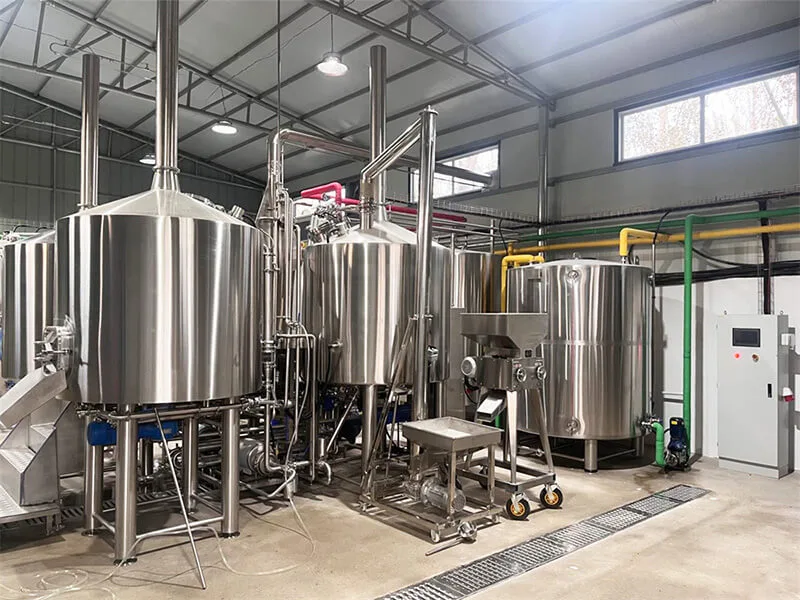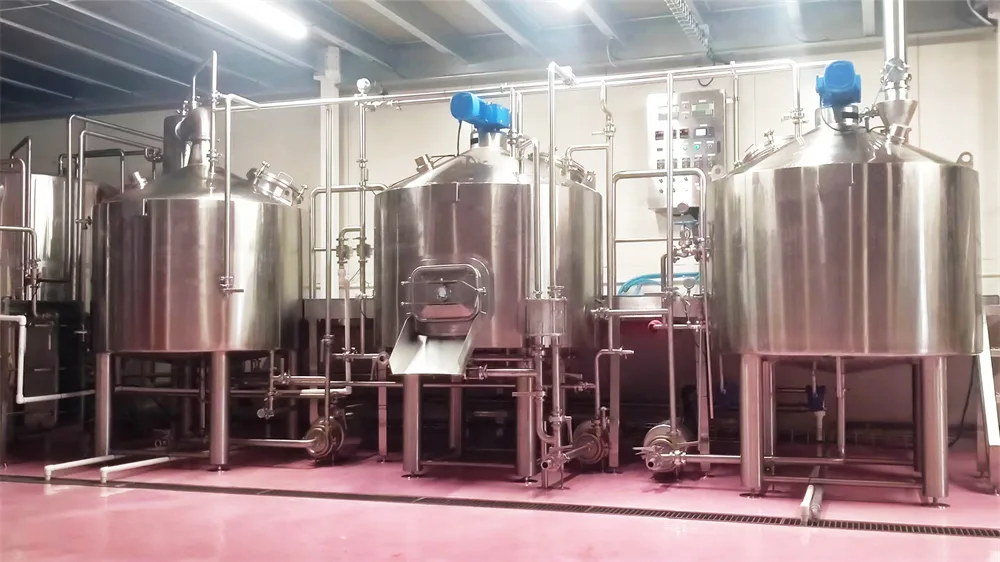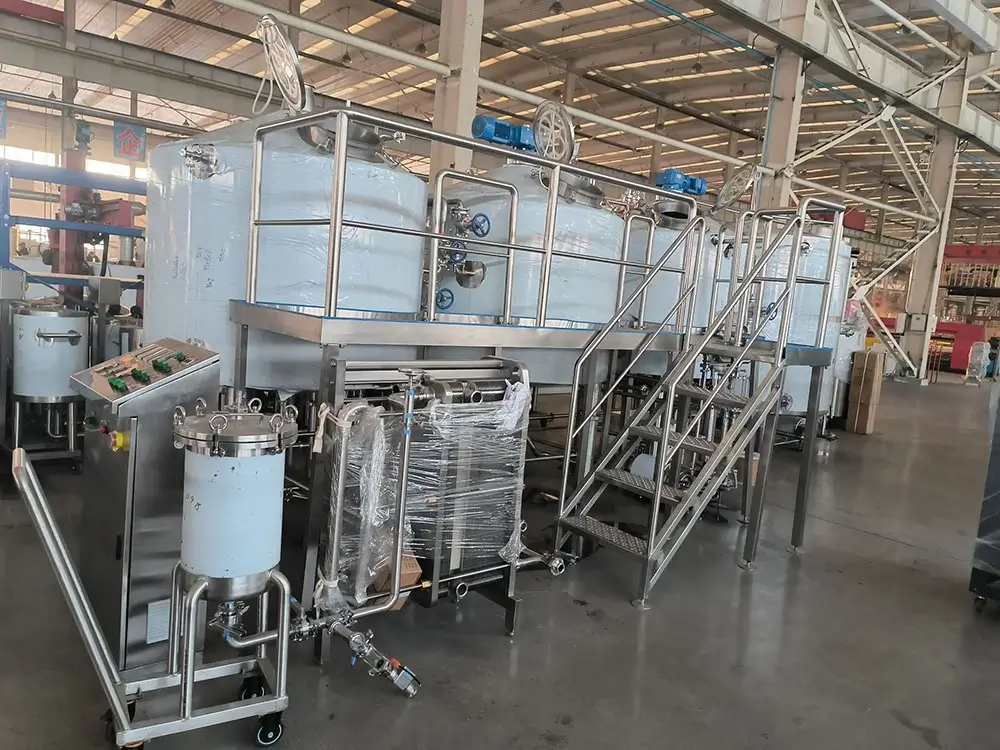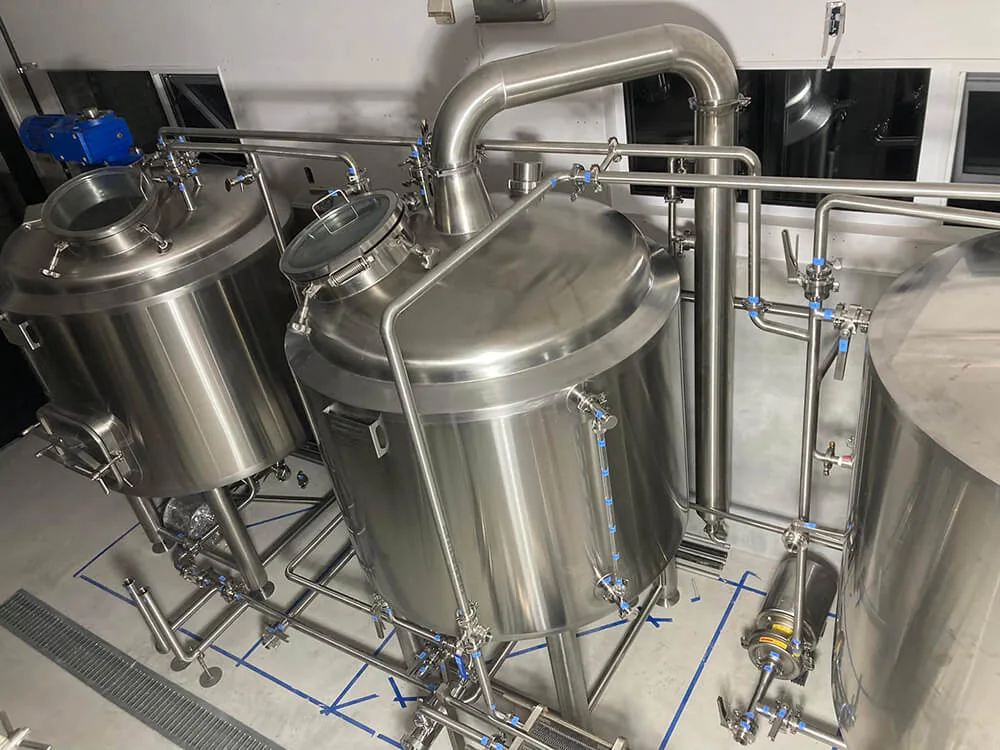What Is Craft Brewery Equipment?
Starting a craft brewery is exciting—but it’s also challenging. You may have a clear vision for the beer you want to create, but choosing the right craft brewery equipment can feel overwhelming. With so many technical terms, system types, and pricing options, it’s easy for new brewers to feel lost.
Unfortunately, this confusion often leads to costly mistakes. Selecting the wrong equipment can cause delays, inefficiency, and inconsistent beer quality. The dream of opening your brewery can quickly turn into frustration.
The good news? With expert guidance and modern brewing technology, you can make smart decisions that align with your brewing goals and budget. Today’s leading manufacturers, such as Meto, provide customized craft brewery equipment solutions designed through years of research and development—ensuring every system is efficient, durable, and tailored to your needs.
Let’s explore the essential systems, technical considerations, and key factors that help transform your brewing dream into reality.
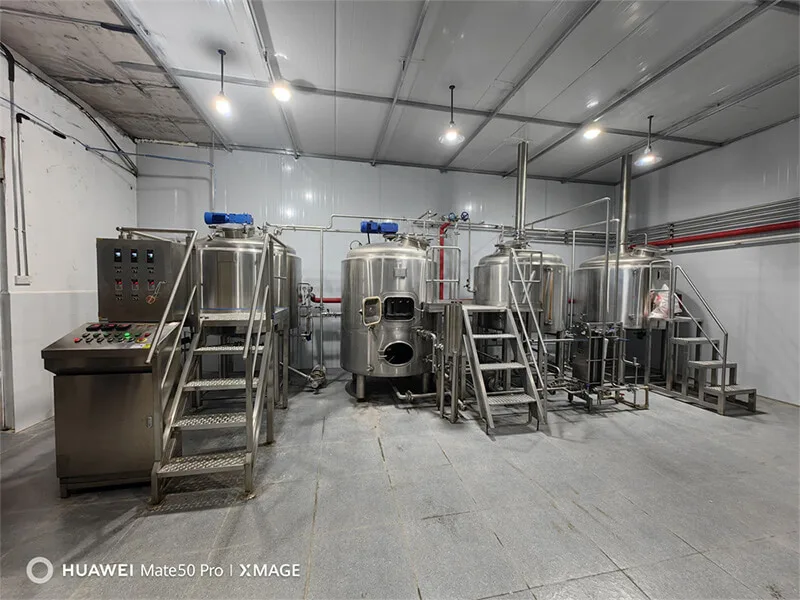
Essential Systems for Startup Breweries
Brewhouse Systems
The brewhouse is the heart of your craft brewery equipment—where grain transforms into sweet wort before fermentation.
Core components include:
- Mash tun – mixes crushed malt with hot water to extract sugars
- Boil kettle – boils the wort and adds hops
- Whirlpool tank – separates hop solids from liquid wort
When choosing your brewhouse, capacity is crucial. A 5–10 barrel system might suit a nano brewery, while growing operations may need larger or modular setups.
Modern brewhouse systems feature advanced automation, energy-saving designs, and precise temperature control. Manufacturers like Meto leverage over 15 years of R&D to deliver systems that combine performance with efficiency.
Fermentation and Conditioning
After brewing, the wort needs to ferment and mature into beer. Key components of craft brewery equipment include:
- Unitank fermenters – for fermentation and conditioning in one vessel
- Brite beer tanks – for carbonation and clarification
- Glycol cooling systems – for temperature stability
Quality matters. The best fermentation tanks are made from SUS304 or 316L stainless steel, featuring polished interiors and precise temperature controls. Automated systems maintain ideal conditions throughout fermentation, ensuring flavor consistency and product quality.
Packaging Systems
Packaging is the final step before your beer reaches customers. Options include:
- Canning lines – efficient, long shelf life
- Bottling systems – for traditional presentation
- Keg washers and fillers – for draft distribution
For new breweries, semi-automatic packaging lines offer a good balance of cost and control. Over time, fully automated systems improve speed and reduce labor costs.
Well-integrated packaging equipment minimizes oxygen exposure and seamlessly connects to your brewing system, ensuring product freshness and smooth operation.
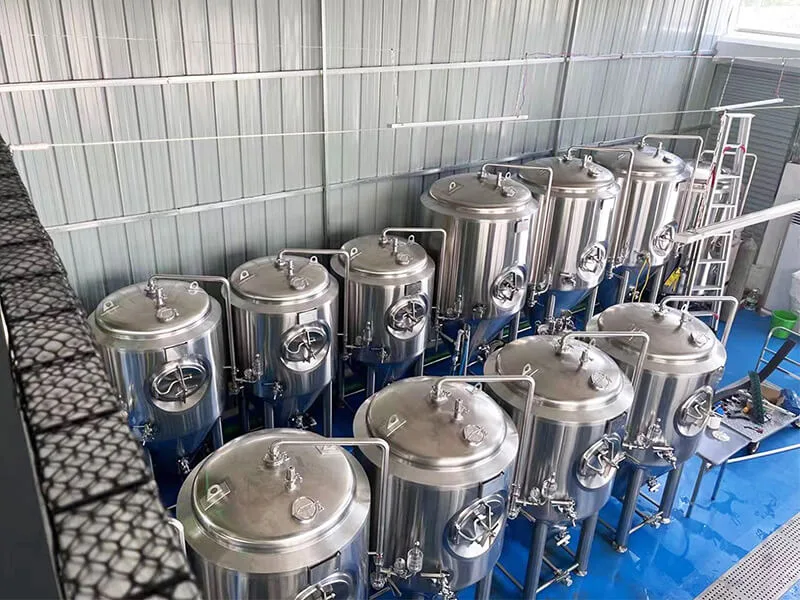
Key Factors When Choosing Craft Brewery Equipment
Capacity Planning
One of the most common mistakes is underestimating future demand. Consider:
- Your current batch size
- 3–5 year growth projection
- Equipment scalability
Choose systems that can expand—like a micro brewery setup with room for additional fermenters. Leading manufacturers provide modular designs that grow with your business.
Material Quality
Not all stainless steel is created equal. When evaluating craft brewery equipment, look for:
- 304 vs. 316L stainless steel – 316L offers superior corrosion resistance
- Tri-clamp fittings – easier cleaning and maintenance
- High weld quality – improves sanitation and longevity
Premium materials and precise craftsmanship reduce downtime and maintenance costs, helping your brewery maintain consistent quality for years.
Automation Level
Your level of automation affects both cost and efficiency. Options include:
- Manual systems – ideal for startups and hands-on brewers
- Semi-automated systems – balance of control and convenience
- Fully automated PLC systems – maximize consistency and production efficiency
Modern craft brewery equipment often includes touchscreen controls, data logging, and remote monitoring—allowing brewers to track and adjust every stage of the process with precision.
Implementation Essentials
Site Preparation
Before installation, prepare your facility by ensuring:
- Proper floor drainage and slope
- Adequate steam ventilation
- Reliable water, power, and gas connections
Collaborating with your equipment supplier’s engineering team helps avoid costly delays and ensures a smooth setup.
Cleaning and Sanitation (CIP)
Clean-in-place (CIP) systems are vital for hygiene and product safety. A typical cycle includes:
- Hot water rinse
- Caustic cleaning
- Final rinse
- Sanitization
Modern systems feature built-in CIP spray balls and pumps, reducing cleaning time and chemical use while maintaining high sanitation standards.
Preventative Maintenance
Regular maintenance extends the lifespan of your brewing equipment. A suggested schedule:
- Daily: Check gaskets, sight glasses, pressure gauges
- Weekly: Inspect valves, pump seals, glycol levels
- Monthly: Clean elements and lubricate motors
- Annually: Professional pressure vessel inspection
Reliable manufacturers provide maintenance guides, spare parts, and technical support—helping minimize downtime and maximize productivity.
Technical Considerations for Quality Brewing
Glycol Cooling Systems
A stable temperature is essential for fermentation quality. Components include:
- Glycol chillers and reservoirs
- Insulated pipelines
- Solenoid valves for tank control
An undersized chiller can cause unstable fermentation temperatures and off-flavors. Proper sizing ensures consistent cooling efficiency.
Heat Exchangers
Efficient wort cooling is achieved with:
- Plate heat exchangers – compact and highly efficient
- Shell and tube systems – for specialized needs
- Counterflow designs – for smaller breweries
Correct sizing prevents long brew days and reduces contamination risks.
Control Systems
Advanced craft brewery equipment uses integrated control systems, including:
- Temperature and flow controllers
- Density and pressure sensors
- Central PLC control panels
These systems enable brewers to replicate recipes accurately, improve efficiency, and maintain product consistency across batches.
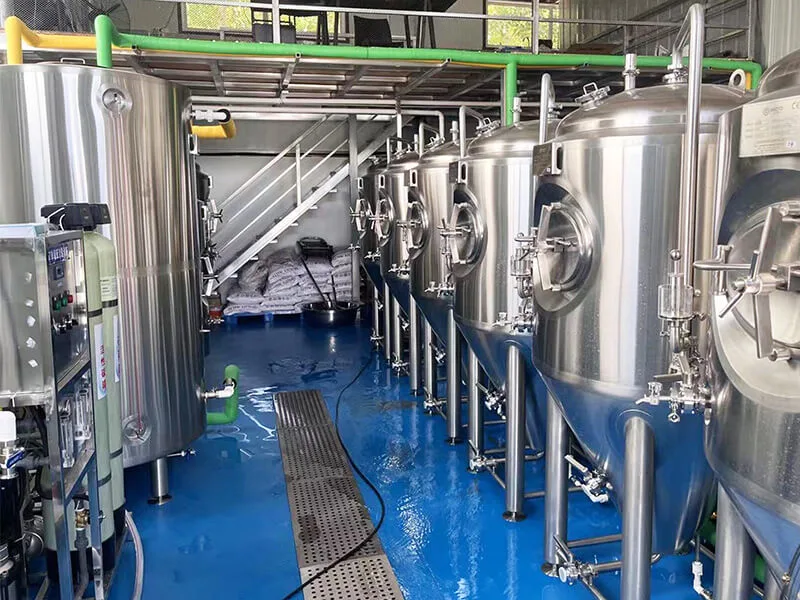
Bringing Your Brewery Vision to Life
Selecting the right craft brewery equipment is one of the most important steps in building a successful brewing business. From brewhouse design and fermentation tanks to packaging and automation, every component influences your beer’s quality and production efficiency.
By partnering with a trusted equipment manufacturer like Meto, you gain access to expert engineering, customized design, and long-term technical support—ensuring your brewery runs smoothly from day one.
With the right craft brewery equipment, your brewing dream can become a lasting succes.
👉 Interested in learning more about professional brewing equipment, technical details, or pricing? Contact us today to discuss customized solutions for your production needs.

